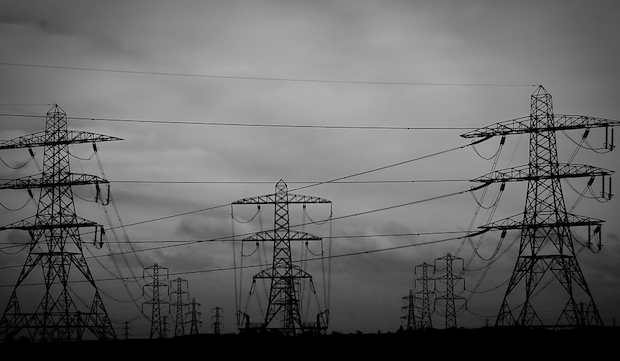Jamming carbon deep underground has long been a proposed solution to our emissions problems, but it's expensive and rarely used. Now we can use the Earth's heat to make that gas work for us.
Geothermal power production and CO2 storage are both well-known practices in the energy world: one generates power from thermal energy that is generated and stored in the Earth, and the other is used to store CO2 from coal-fired power plants (or other dirty industrial plants) to prevent the greenhouse gas from entering the atmosphere. Now researchers are combining the practices by creating an entirely new way to produce clean energy--by converting geothermally heated CO2 into electricity.
Here's how the project works: CO2 is injected three kilometers into the ground. The sedimentary layer located in that space is 125 degrees Celsius--hot enough for the CO2 to enter a supercritical state, where it has both gas and liquid properties. The CO2 is then brought up to the surface and placed in a turbine that turns heat into electricity. Afterward, the CO2 goes back underground, and the cycle continues (more CO2 is continually added to ensure that the turbines keep spinning). Eventually, some of the CO2 will get permanently stuck in the sediment, while the rest continues to make power.
Interested? Keep reading


-

Former Member
-
Cancel
-
Vote Up
0
Vote Down
-
-
Sign in to reply
-
More
-
Cancel
Comment-

Former Member
-
Cancel
-
Vote Up
0
Vote Down
-
-
Sign in to reply
-
More
-
Cancel
Children